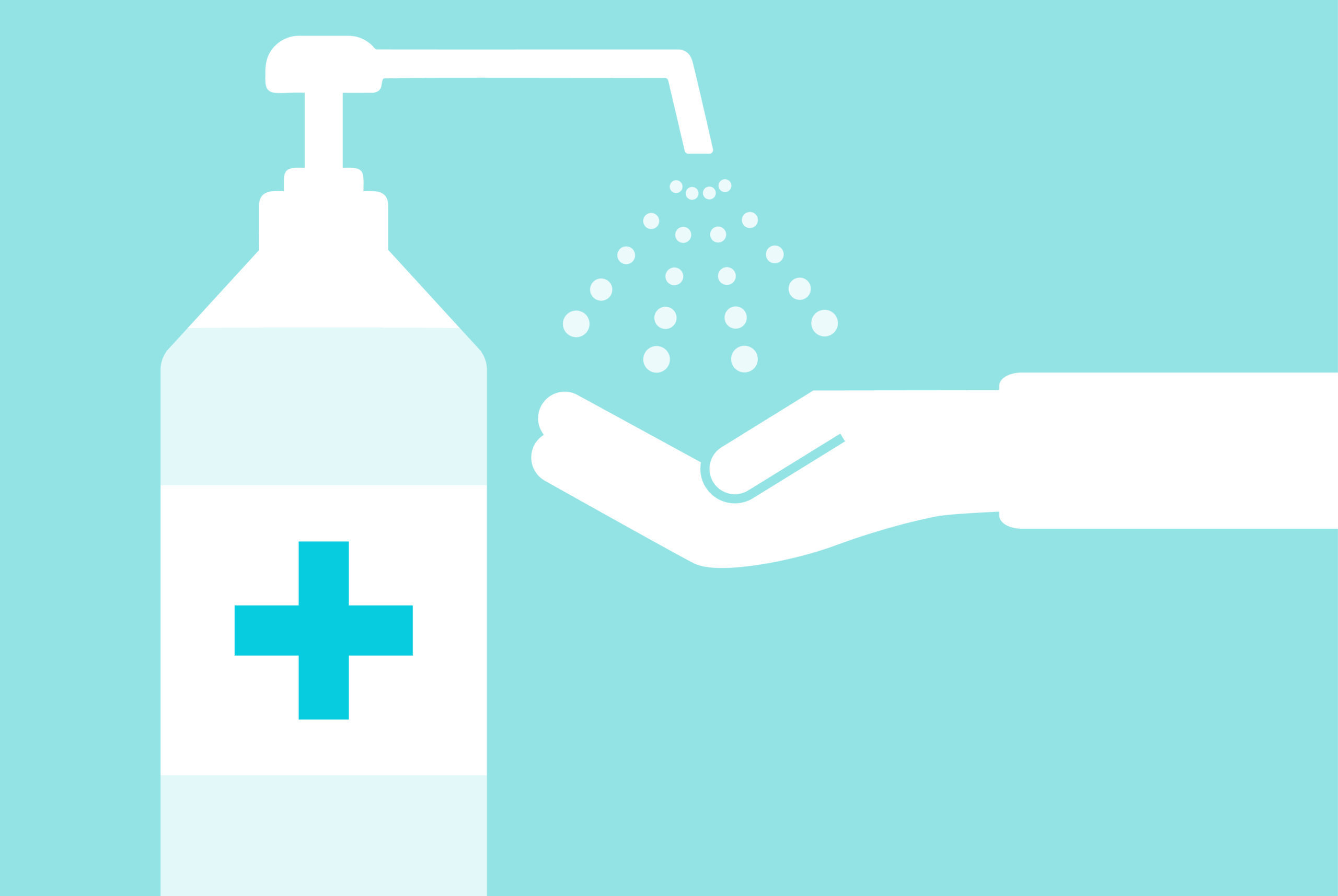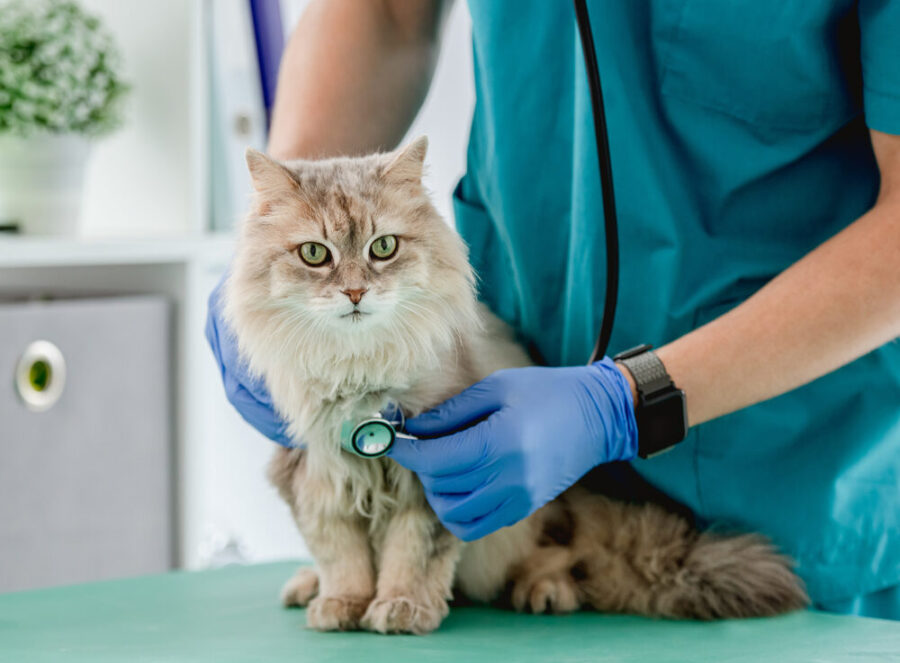Ensuring that your dog or cat is eating a healthy diet involves more than just switching brands. It means being a pet food label detective, and learning how to understand ingredient lists and terminology.
If you’re like a lot of people these days, you want your dog or cat to eat a healthy diet. To succeed at choosing a safe, nutritious, quality food for your animal companion, however, you need to become adept at reading pet food labels and understanding some of the terminology manufacturers use in their ingredient lists. This article will get you on the right track.
Ingredient order and definitions – deciphering the facts
Always look at the back of a package of pet food for the full ingredient profile, listed in order of weight. Don’t rely on cursory lists of ingredients on the front, next to splashy photographs of fresh meat, fruits, and vegetables.
- Ideally, we want to see a specific meat, such as pork or beef, listed first. If it is, this means it has been weighed with the water still in it. This makes it heavier and brings it to the top of the list. However, the water is removed during processing, meaning there is a lower weight of actual meat-derived protein in the end product.
- By-products are non-rendered and include organs, fat, and entrails, but no hair, horns, teeth, or hooves. By-products can be healthy, but we don’t know the quality based on a label listing. Carnivores do need to ingest organs for good health.
- A meat “meal” means the tissue has been rendered. This process converts waste animal tissue (not human grade meat) into stable usable materials like yellow grease, choice white grease, bleachable fancy tallow, and a protein meal such as meat and bone meal, or poultry by-product meal. It contains no hair, hoof, hide, or extraneous materials. By definition, while up to 9% of the crude protein in the product may be pepsin indigestible, the product would be more protein-dense than its clean flesh counterpart weighed with water included.
- If a meat product is followed by more than one grain or starch, there may be more grain or starch than meat by weight, even though the meat is listed first. A common marketing trick is to list a grain, for example corn, broken down into corn gluten, corn starch, corn middlings, etc. This puts the corn versions below the meat source — unless you add them all together. This is called ingredient splitting.
 Corn is not a natural food for a carnivore diet. And unfortunately, American corn is contaminated with mold and aflatoxins, which are potentially carcinogenic. Most corn is GMO unless stated otherwise, which means it won’t die when fields are sprayed with glyphosate herbicide to kill the weeds. But the corn does incorporate the glyphosate into its cells. The cattle eat the corn, and the glyphosate becomes incorporated into the food web. Humans, livestock, and companion animals ingest the contaminated corn and/or the contaminated meat.
Corn is not a natural food for a carnivore diet. And unfortunately, American corn is contaminated with mold and aflatoxins, which are potentially carcinogenic. Most corn is GMO unless stated otherwise, which means it won’t die when fields are sprayed with glyphosate herbicide to kill the weeds. But the corn does incorporate the glyphosate into its cells. The cattle eat the corn, and the glyphosate becomes incorporated into the food web. Humans, livestock, and companion animals ingest the contaminated corn and/or the contaminated meat. - After the starches on a label, a fat is listed along with how it is preserved. Avoid animal fat preserved with BHA, BHT or ethoxyquin. These artificial preservatives have been shown to be carcinogenic; in fact, ethoxyquin is banned in Europe, Australia and New Zealand. Look for mixed tocopherols, a source of vitamin E, and/or rosemary extract as preservatives.
- Avoid added sugars such as corn syrup, molasses, and beet sugar. These are not useful nutrients. They entice an animal to eat the food and become addicted to it. Why? So you keep purchasing it! Just because your dog or cat likes it, does not mean it is good for him.
 Salt should not be too high on the list, although this is often the case with commercial canned foods. Like sugar, salt is also addictive.
Salt should not be too high on the list, although this is often the case with commercial canned foods. Like sugar, salt is also addictive.- If vitamins and minerals are added, look for those that are chelated, which improves absorption (they’ll be listed as a chelate or proteinate). However, do be aware that this chelation is not “natural” and often occurs by combining a mineral with soy proteinate, which is most assuredly GMO. Remember that GMO seeds result in crops laden with pesticides, allowing these chemicals to be incorporated into our animals’ (and our own) gut microflora. The best pet foods contain enough whole food sources of vitamins and minerals, so synthetic versions need not be added.
- Avoid canned foods that contain carrageenan as a thickener. This ingredient has been found to have a link to inflammatory bowel disease.
- Can liners may contain BPA, a known endocrine disruptor. Looks for companies that don’t use BPA in their cans.
- Some grocery store foods, many treats, and dental chews still contain dye. These artificial colorings can be carcinogenic. If a food contains dye (e.g. Red Dye 40), put it back on the shelf! Better ingredients can be utilized, such as blue-green algae, which also provides great antioxidant properties.
- Small amounts of the best, healthiest, and most expensive ingredients are usually last on the list! These look like real foods. You may see blueberries, cranberries, broccoli, dried kelp, hemp seed, and others. Some foods, like chicory root extract, are prebiotics that promote gut flora health. Prebiotics feed probiotics, the good bacteria in the gut. You may also see prebiotics listed on the label as inulin, which can come from chicory root. Be aware that added probiotics may not be as viable as those you add to the food yourself when serving it.
Taking control of what you’re feeding your dog or cat involves knowing what’s in the food you’re buying him. Learning something about how to read and understand pet food labels is an important step to ensuring that your animal companion is eating a diet that’s as safe and healthy as possible.








